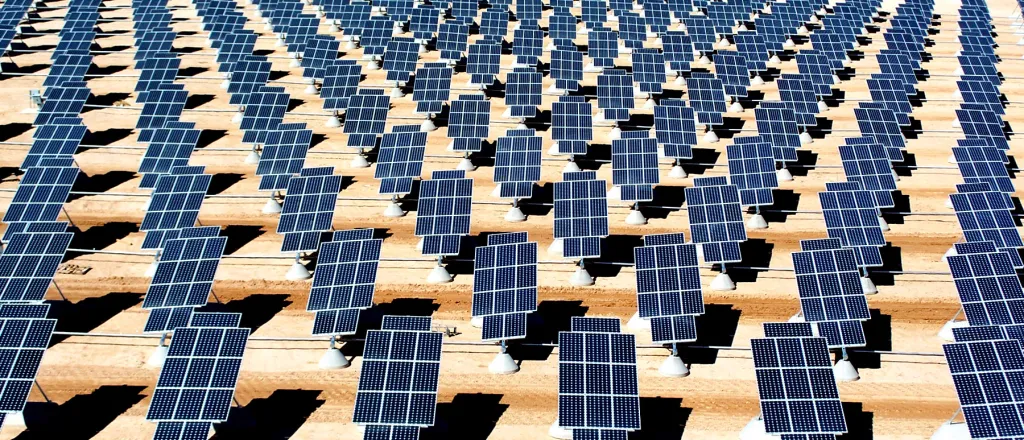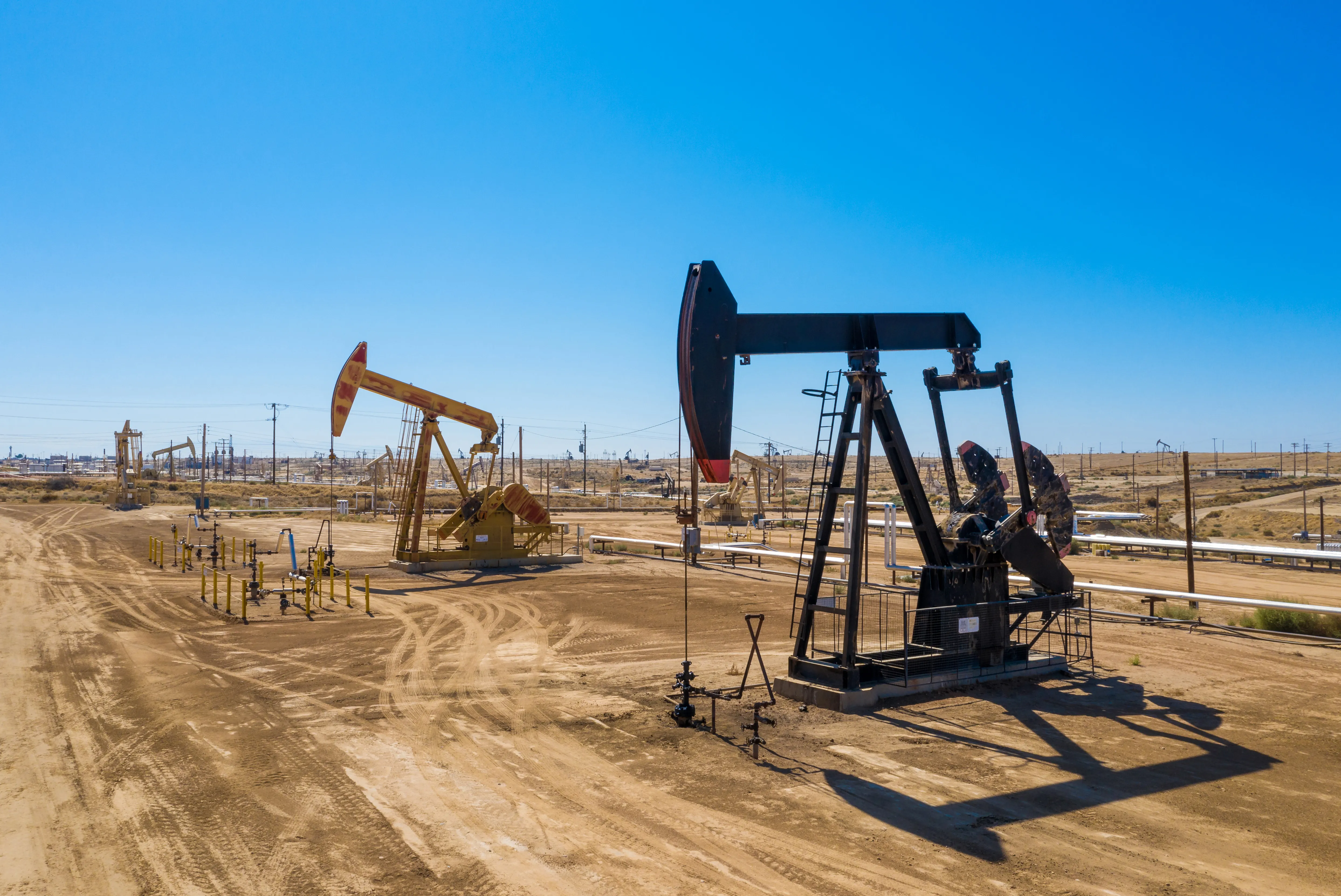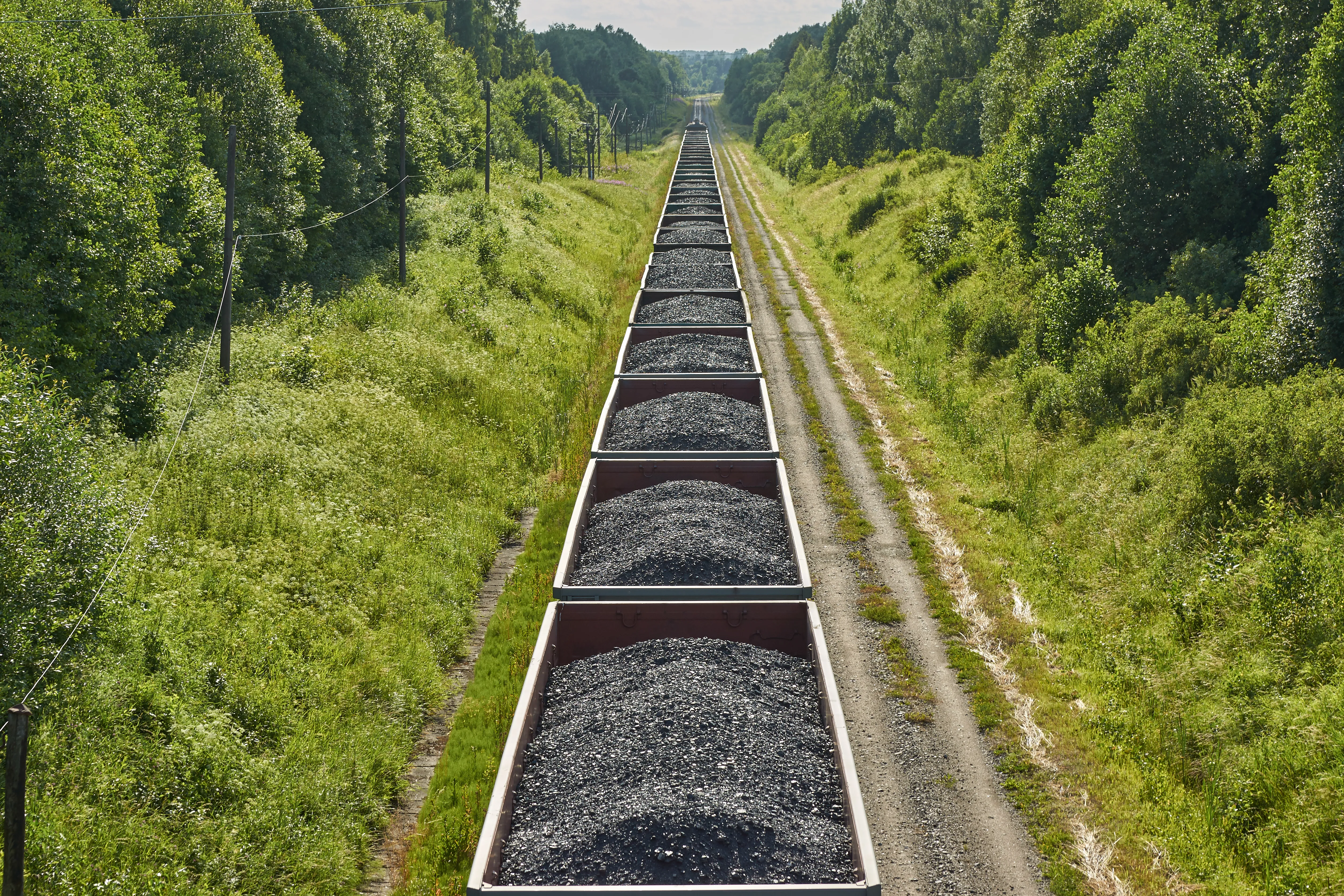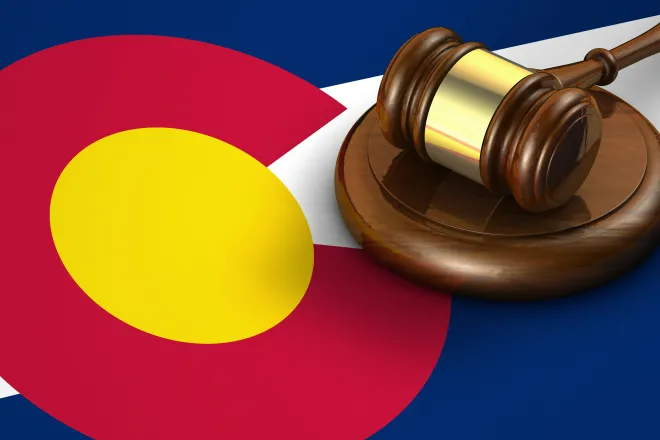
BLM’s proposed Western Solar Plan leaves room for wildlife
Click play to listen to this article.
(Wyoming News Service) A new federal proposal details which public lands across the West would be open to solar development. Wildlife advocates are glad to see that some - but not much - of Wyoming is included.
The Western Solar Plan by the Bureau of Land Management opens 31 million acres across 11 western states to potential solar-power development. In Wyoming, 3.8 million acres would be open for potential permits, far less than the combined 15 million acres currently available through independent plans from the state's BLM field offices.

USFWS - public domain.jpg
Julia Stuble, Wyoming state director for The Wilderness Society, said wildlife is sensitive to development, especially in migration corridors critical to big game - and the plan incorporates new research on the needs of those species.
"Being included in this proactive approach - where BLM is looking at areas to exclude and making those decisions now, and not in response to a project proposal - is just a tremendous update for us," she said.
According to a statement from the White House, the Western Solar Plan streamlines the permitting process and allows the BLM flexibility in permitting. But the agency's actual need for solar development through 2045 is expected to use less than 2 percent of the 31 million-acre total, or about 700,000 acres.
As the BLM slows coal leasing in the West, Stuble said she hopes to see more moves to conserve wildlife in the energy transition, such as building on lands that have already been disturbed and areas near pre-existing transmission lines. She said she thinks the agency is headed in the right direction.
"The updated programmatic planning, I think, will take us many more steps closer to making sure that we're not siting solar in places that have really important community values, or ecological values." she said.
Stuble said those include lands popular for recreation, as well as those that are important or sacred to tribal nations. The plan is expected to be finalized by the end of this year.
















